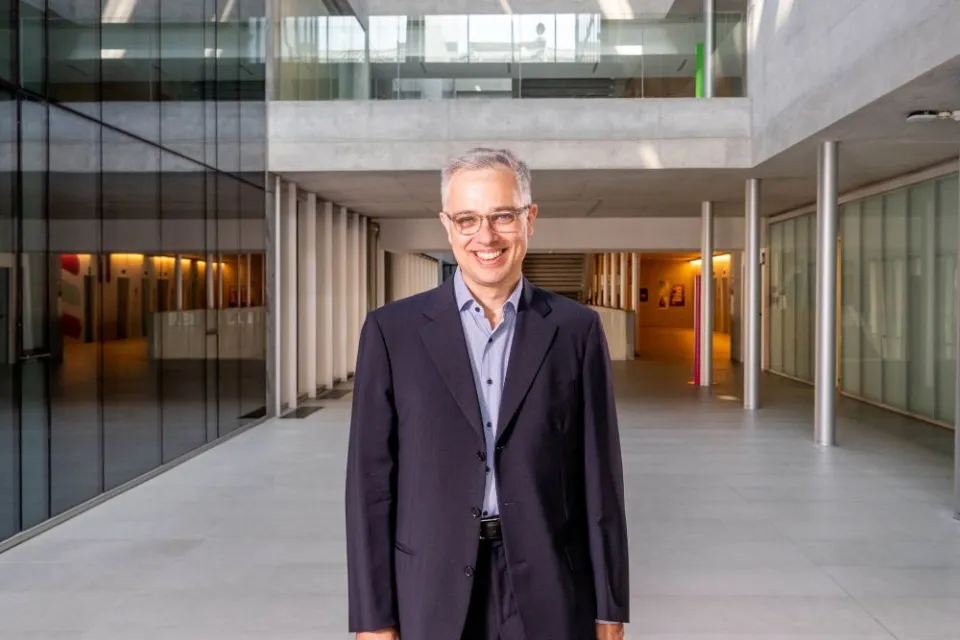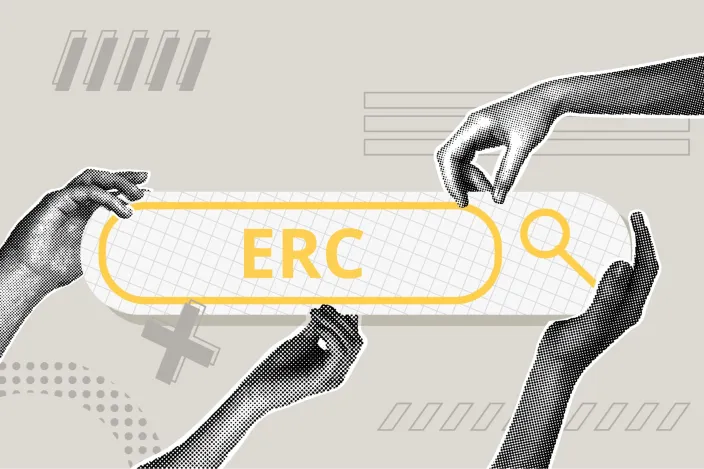
The Shape of Change
Imagine a ball sliding along a curved surface. It descends pulled by gravity, trying to reach the lowest point by following the steepest slope, guided by the geometry of the surface. A simple example that suggests a general idea: the search for equilibrium through change, driven by a principle of efficiency or economy.
Let's broaden our perspective: from the small movements of a ball to the dynamics of the atmosphere, to capital flows, transformations in materials or biological systems, and even the paths of search algorithms in data or neural networks. Even in these cases, evolution follows non-arbitrary laws and dynamics, which are often difficult to capture. To achieve a deeper understanding — also useful for simulations or forecasting — we need a mathematical language capable of describing and analyzing these transformations precisely. With the OPTiMiSE project, funded by the European Research Council (ERC), we propose and study mathematical models in order to understand the transformations of complex systems and how they evolve, adapt or undergo deep transitions.
The project addresses evolutionary problems: contexts in which a state, form, or structure changes over time, continuously or discontinuously, sometimes irreversibly. Despite the diversity of the phenomena under consideration, mathematics selects and extracts only the essential aspects, isolating what truly matters: the properties of energy, the geometry of space and the variational principles that guide evolution.
Geometry and variational principles also underlie the theory of optimal transport, which was developed to address concrete problems — such as the efficient transfer of resources between two configurations — and has proven to be a surprisingly powerful tool in recent decades. The modern idea dates back to the Soviet mathematician Leonid Kantorovich, who provided its rigorous formulation in the 1940s. For his contribution — which was later extended to the economics of planning — Kantorovich received the Nobel Prize in Economics in 1975. His concepts are now applied to understanding a wide variety of processes, from the evolution of galaxies to the diffusion of biological agents and certain social dynamics.
In the OPTiMiSE project, we combine these tools to analyze the mechanisms and principles that govern change. There are systems that evolve gradually and fluidly, like the melting of ice. Others undergo transformation through sudden leaps, like the opening of a crack. Still others appear stable, but accumulate tension until they reach a critical point, at which everything is reconfigured.
There are three broad families of problems, all attributable to variational models, and embody this tension between continuity and discontinuity:
• Gradient flows – Systems that evolve to minimize a certain type of energy, following the fastest path of descent. This is the natural framework for describing many phenomena of diffusion, aggregation and dissipation.
• Dissipative Evolution – Processes in which change occurs due to dispersion or irreversible mechanisms, such as friction, constraints or structural resistance. In these cases, evolution does not follow a simple energetic descent, but depends on more complex factors, which may include phenomena such as saddle-point equilibria.
• Rate-Independent Processes – Systems in which only the order of events matters, not the speed at which they occur. This occurs in many industrial transformations, threshold phenomena or certain social dynamics, where change occurs only when certain critical conditions are overcome.
One of the goals of OPTiMiSE is to build bridges between different forms of evolution: between continuous and abrupt change, between deterministic models and probabilistic descriptions, between systems in which mass is conserved and others in which it can appear or disappear, as it occurs in chemical reactions or in biological processes of growth and decay.
We would like to push the descriptive capabilities of mathematical objects to the limit, in order to address the broadest possible class of models with a minimum of structural assumptions. At the same time, we aim to identify general algorithms that allow us to efficiently calculate accurate numerical approximations.
It's not an easy kind of mathematics. But we hope that in the future the tools we develop will be able to address several real-world problems more clearly and rigorously: from climate to economics, from smart materials to artificial intelligence modeling. Ultimately, we are driven by a desire that, I believe, unites all scientific inquiry: the desire to recognize order, structure and also a little elegance in the transformations surrounding us.

Where Knowledge is Born to Change the Rules
From the equations that describe turbulence to the mechanisms of finance, from labor market policies to the institutions of the state: the six new research projects by Bocconi scholars funded...

